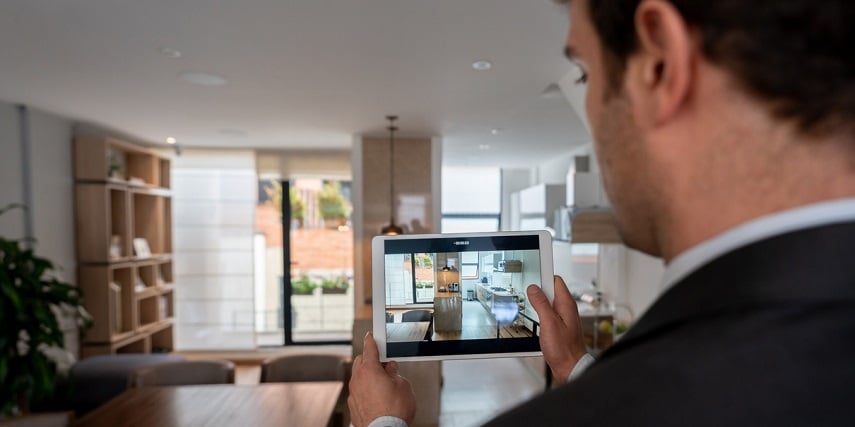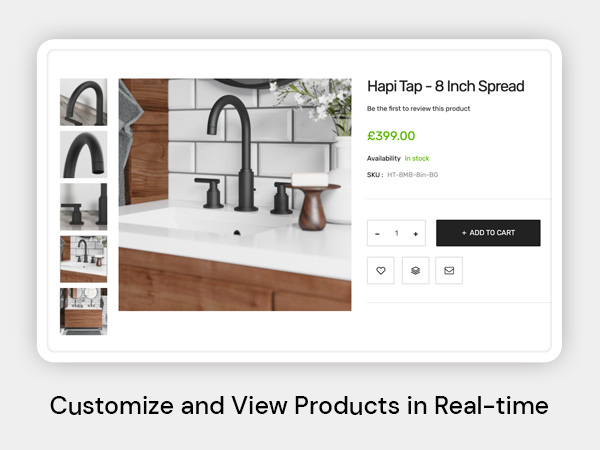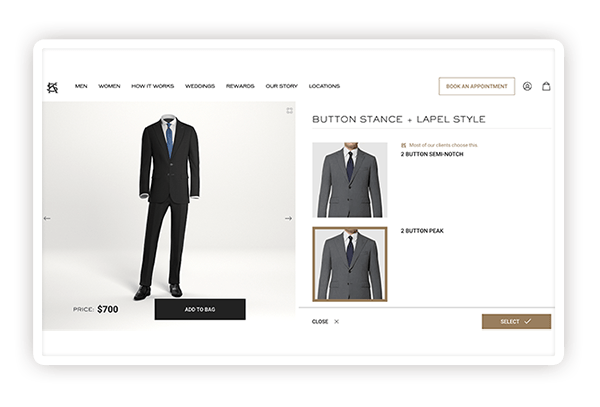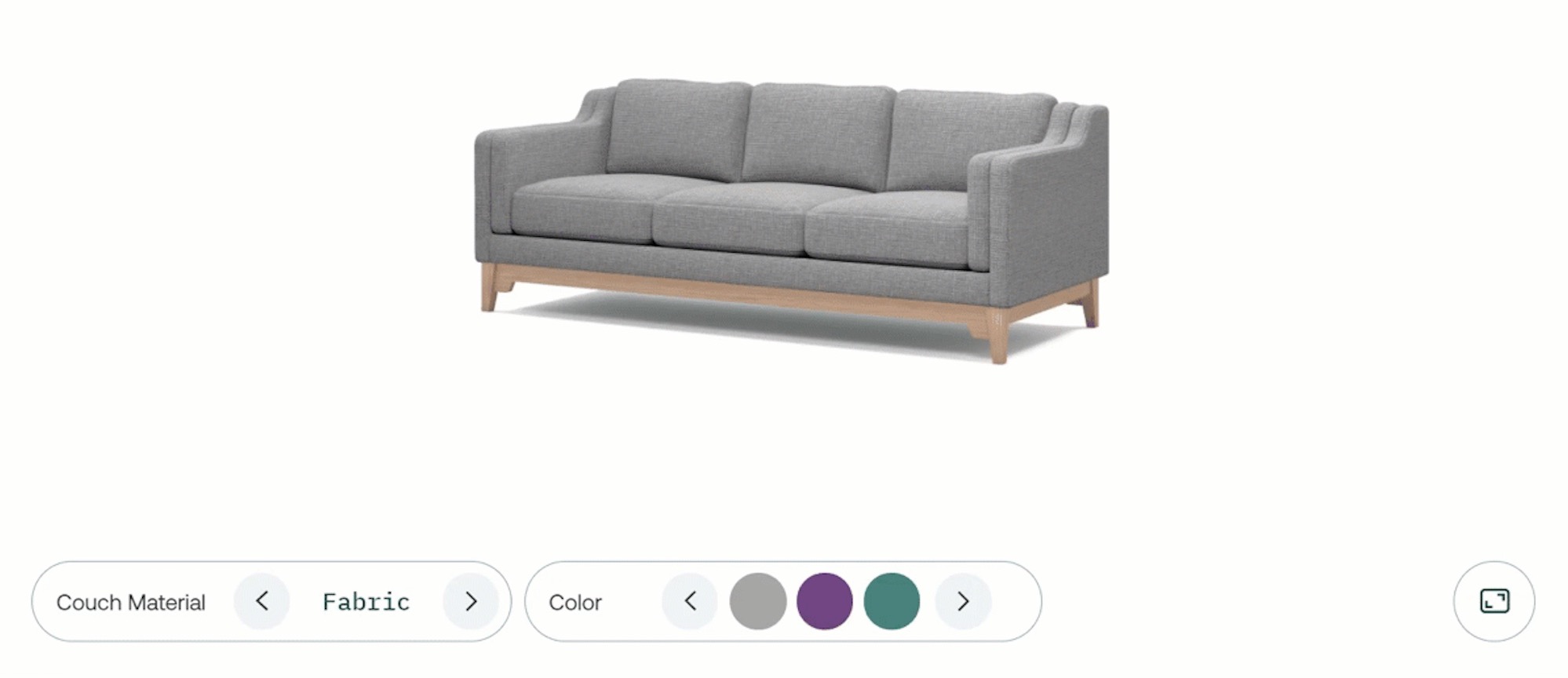How AR Provides Your Customers With an Amazing Product Experience

As a retailer of any product or service, you know the importance of providing customers with an enjoyable product experience. After all, 73% of customers agree that customer experience helps to drive their buying decisions, and 86% say they are ready to pay more if it means getting a better customer experience.
Still, your customers aren't seeking products to meet their needs simply for an enjoyable point-of-sale customer experience. Overall customer satisfaction that leads to customer retention depends on providing an amazing product experience that lasts the entire lifecycle of your product.
With a carefully cultivated product design, you've created a great product that attracts new customers to your store. Unfortunately, that's not enough to guarantee your customers will have a satisfying product experience.
Product experience is a critical part of the customer journey. Luckily, augmented reality (AR) works in many ways to create an amazing product experience that will reduce customer churn and optimize the user experience.
What is product experience?
Customer experience is the sum of all the customer's interactions with a brand, including the sales process and customer service. Product experience is the sum of all interactions a customer has with a product.
This includes the product's design, functionality, pricing, usability and overall product value. It's an important part of the customer experience that also encompasses the ease of the buying process, user onboarding and product usage.
A successful product is one that is used as intended and meets customer needs.
How augmented reality improves product experience
 Customer service teams deal with a variety of complaints every day. Unsurprisingly, the bulk of these complaints isn't about services provided during the purchase of the product.
Customer service teams deal with a variety of complaints every day. Unsurprisingly, the bulk of these complaints isn't about services provided during the purchase of the product.
The seven most common customer complaints include:
- "Your product doesn't do what it should do."
- "You keep shuffling me from one person to the next."
Augmented reality is a technology that lets consumers superimpose digital content (like images, sounds and text) over a real-world environment. With these capabilities, you can insert labels, add real-time directions and alter the user or their environment's appearance.
AR works across a variety of devices to improve the product experience of items purchased in-store or online. It can also help with digital products like Software as a Service (SaaS) options. Consider these ways AR can offer a customer-centric product experience from the point of sale to onboarding and post-purchase services.
Improve customer service training
Nearly 80% of American consumers say that speed, convenience, knowledgeable help and friendly service are the most important elements of a positive customer experience. If customer service reps are undertrained or lack essential information, they aren't able to offer knowledgeable help.
Customer service reps need the resources to expertly explain each item to potential customers and resolve issues with items post-purchase. AR models can replicate a real product to turn every customer service rep into an instant expert.
AR apps create high-quality 3D CAD images that replicate a real product. When used in training, the same configuration properties that allow customers to create custom products can offer increased knowledge for sales and service reps to provide improved customer service.
Remove uncertainty from online purchase decisions
 While the popularity of online shopping has grown considerably, 44.4% of customers still prefer in-store shopping. Nearly a quarter of these shoppers prefer shopping in person because they like to see and touch products before purchase.
While the popularity of online shopping has grown considerably, 44.4% of customers still prefer in-store shopping. Nearly a quarter of these shoppers prefer shopping in person because they like to see and touch products before purchase.
Augmented reality provides potential customers with a 3D model of the product, which can be rotated 360 degrees. Interactive AR apps can allow customers to virtually place an object in their home to measure fit and match the decor.
The apps can even allow customers to "try on" wearable items. With a smartphone or other mobile device, they can superimpose an image of the item onto the user. With these capabilities, it's no surprise that 66% of shoppers say augmented reality increases their confidence they're buying the right product.
Excellent post-sale support
Onboarding is an important part of introducing a customer to a new product or an item with new features. Advertisers must work with minimal space to attract the attention of potential customers as well as provide a wealth of pertinent information.
Humans respond to imagery 60,000 times faster than text. For this reason, it makes sense that visuals are a prioritization in the pursuit of a sale. However, the absence of text means new users are often seeking ways to find advanced product information on their own.
Often, the difference between a disappointing product and a good product is proper feature adoption. But AR can provide new users of an item with critical product information about a product with the use of AI maintenance and user manuals.
An AR user manual allows customers to point their phone at a product and see labels or critical user information superimposed over the product. This gives them a clear picture of how to use a product or identify a part.
When using an AR app for customer support, the app can provide an in-depth self-service overlay on the customer's phone. The overlay may include FAQ pages and helpsheets for troubleshooting common issues.
Share data across departments

A single customer experience is a journey that begins with awareness of the product and ends with product use.
But the teams that work to create this experience are often siloed in ways that limit data sharing. This interferes with their ability to work toward a complete omnichannel experience. This segmentation means product teams focus solely on product development while CX teams focus on the buying experience.
Augmented reality fuels collaboration with the ability to generate and send files to various departments and teams ranging from marketers to manufacturing. Employees can share product analytics as well as customer feedback and informative customer data with stakeholders to support investment data.
When all teams have access to 3D models equipped with essential data and informative text, the information can seamlessly be passed to the customer for an improved product experience.
Augmented reality for retail isn't a passing trend or advanced technology limited to top brands and global corporations. Threekit makes it easy for retailers of all types of products to easily access and use the technology that will provide your customers with an amazing product experience.
Getting started with augmented reality from Threekit is easy. Create an immersive 3D product experience that attracts and retains delighted customers. Reach out today to learn more about how AR can revitalize your brand's customer journey.




